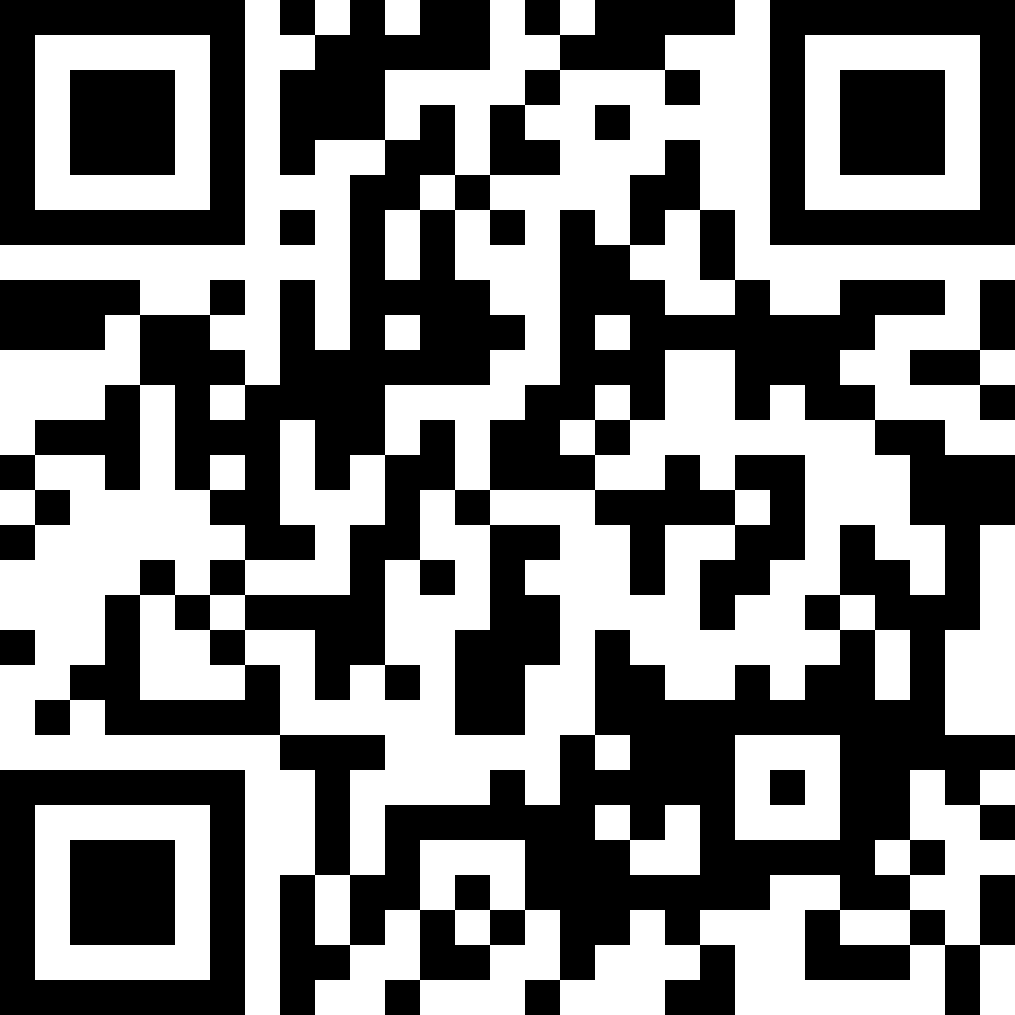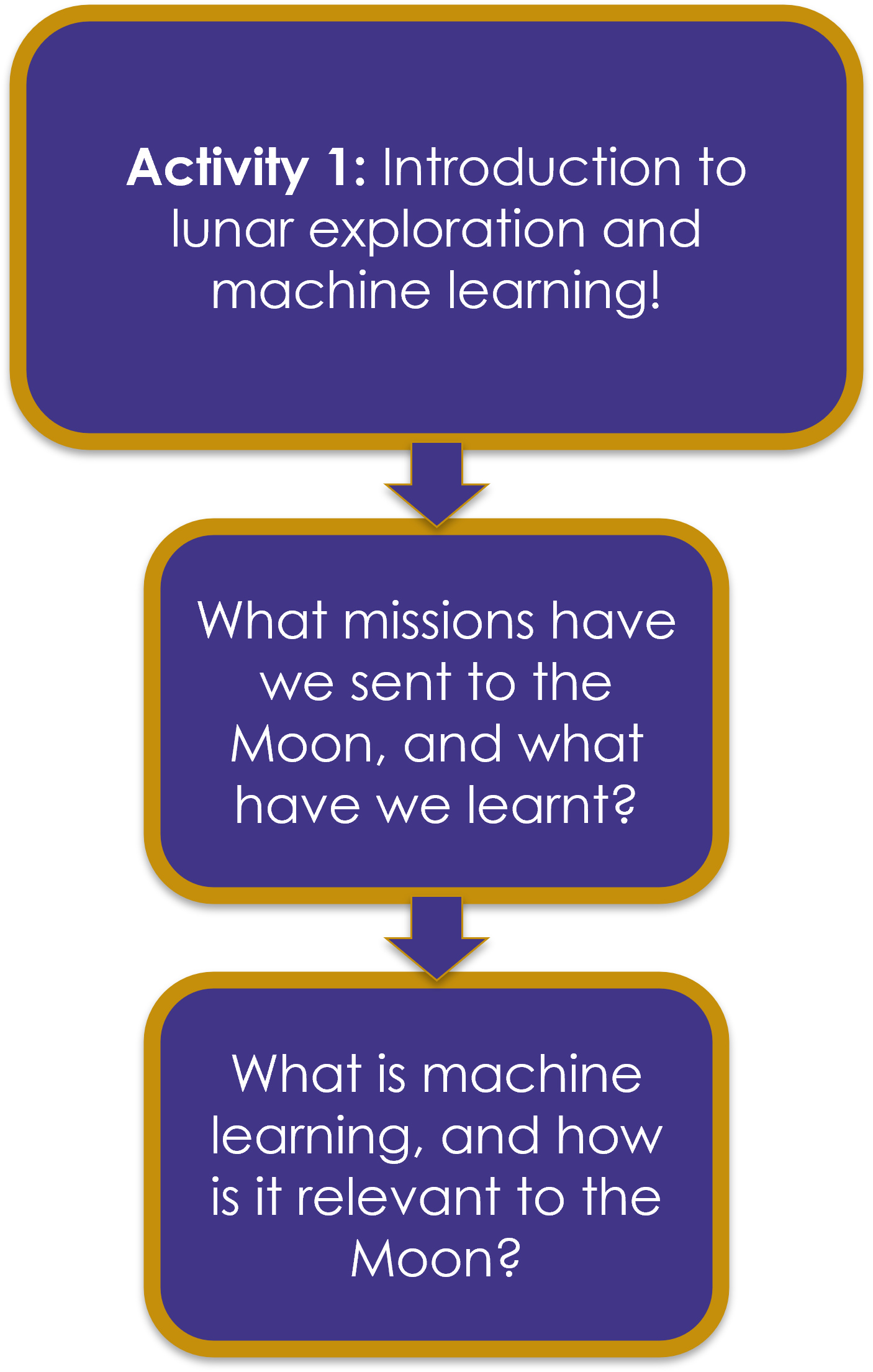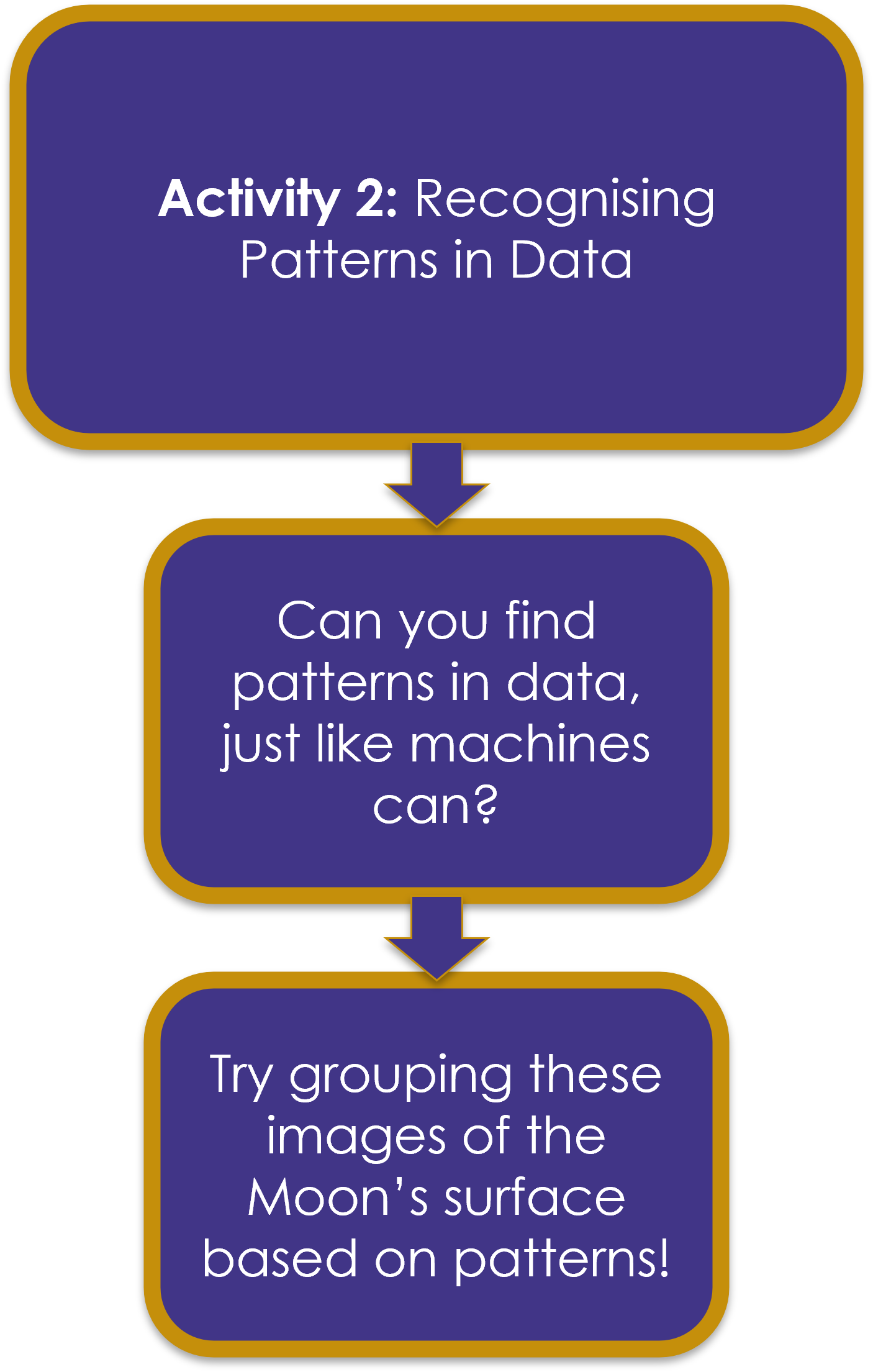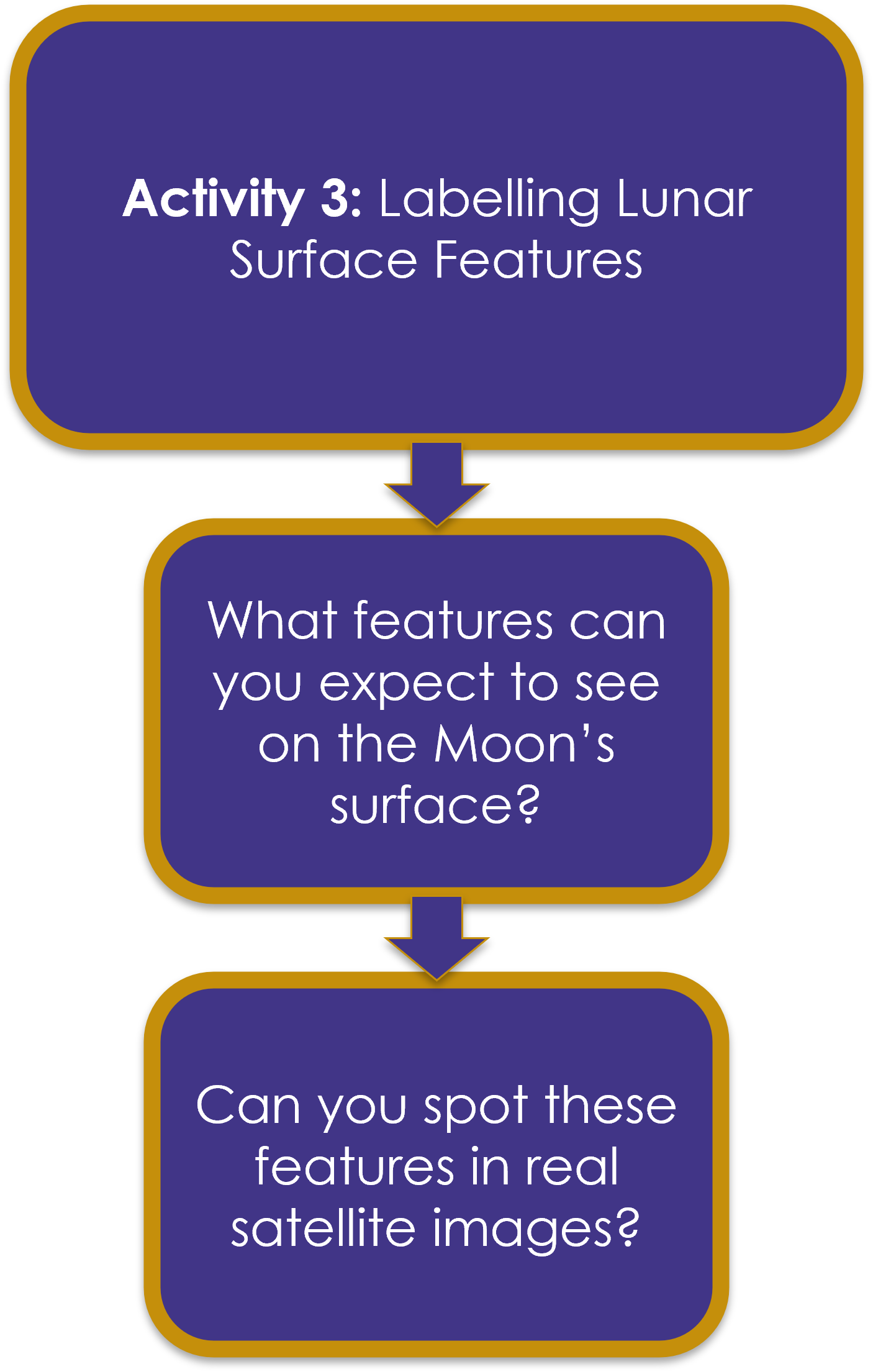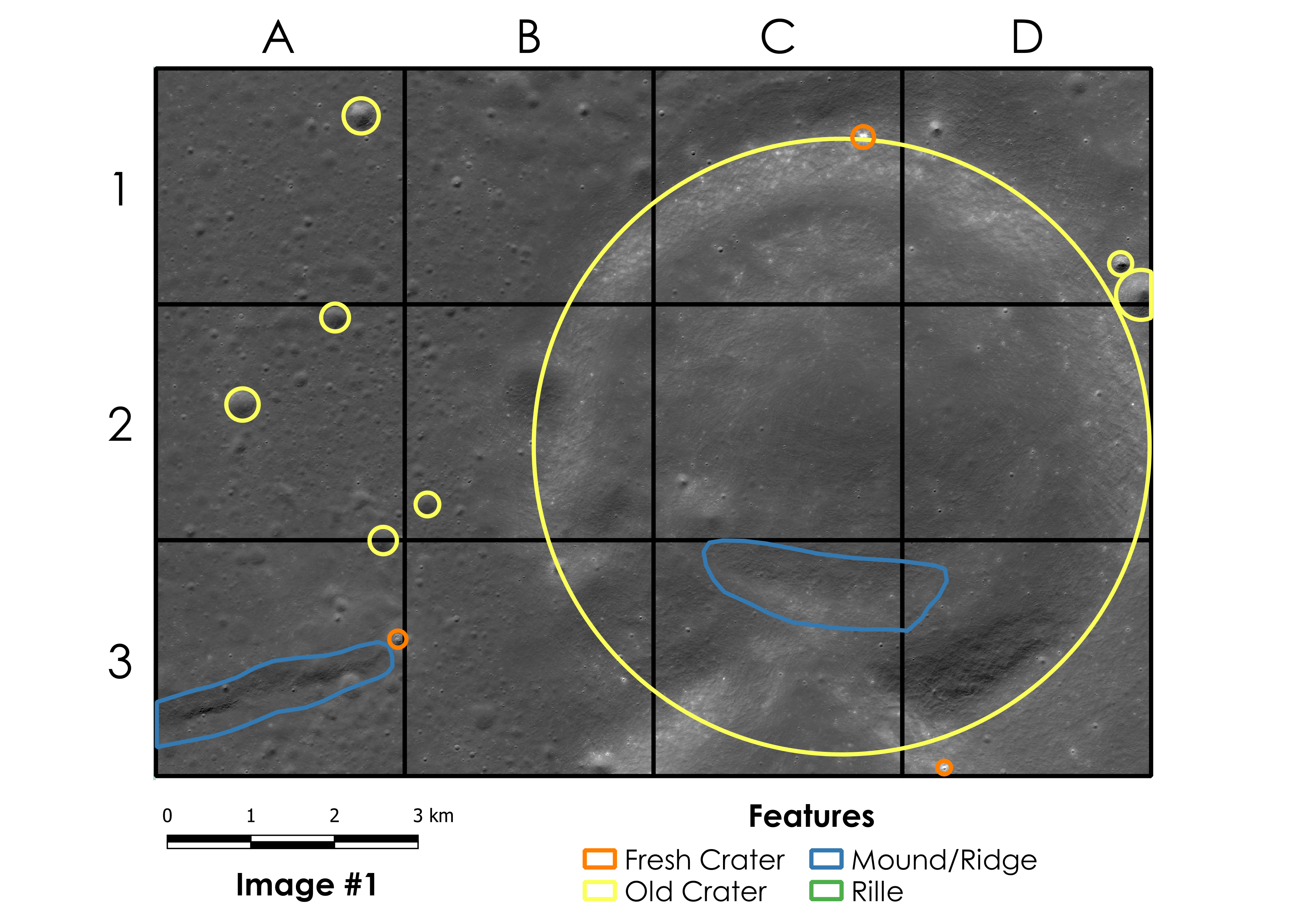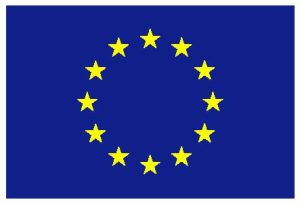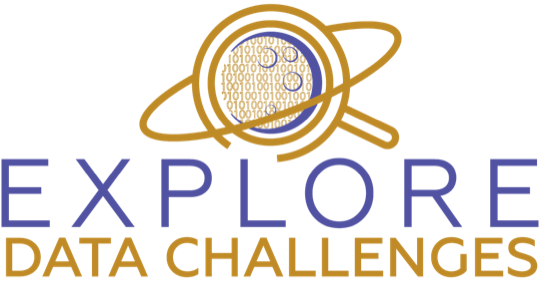
Figure 1: EXPLORE Data Challenges Logo
- In 2022, the EU-funded EXPLORE project is launching a Lunar Data Challenge. EXPLORE aims to develop new machine learning and advanced visualisation tools for the exploitation of space science and planetary data.
- The 2022 Data Challenges include Senior and Junior versions, both with lunar theme to tie in with the 50th Anniversary of the Apollo 17 mission.
- The Junior Data Challenge introduces school students (10-14) to lunar exploration and machine learning through hands-on classroom activities.

